Home Improvement
Wheat Straw Plates Pros and Cons: A Comprehensive Overview
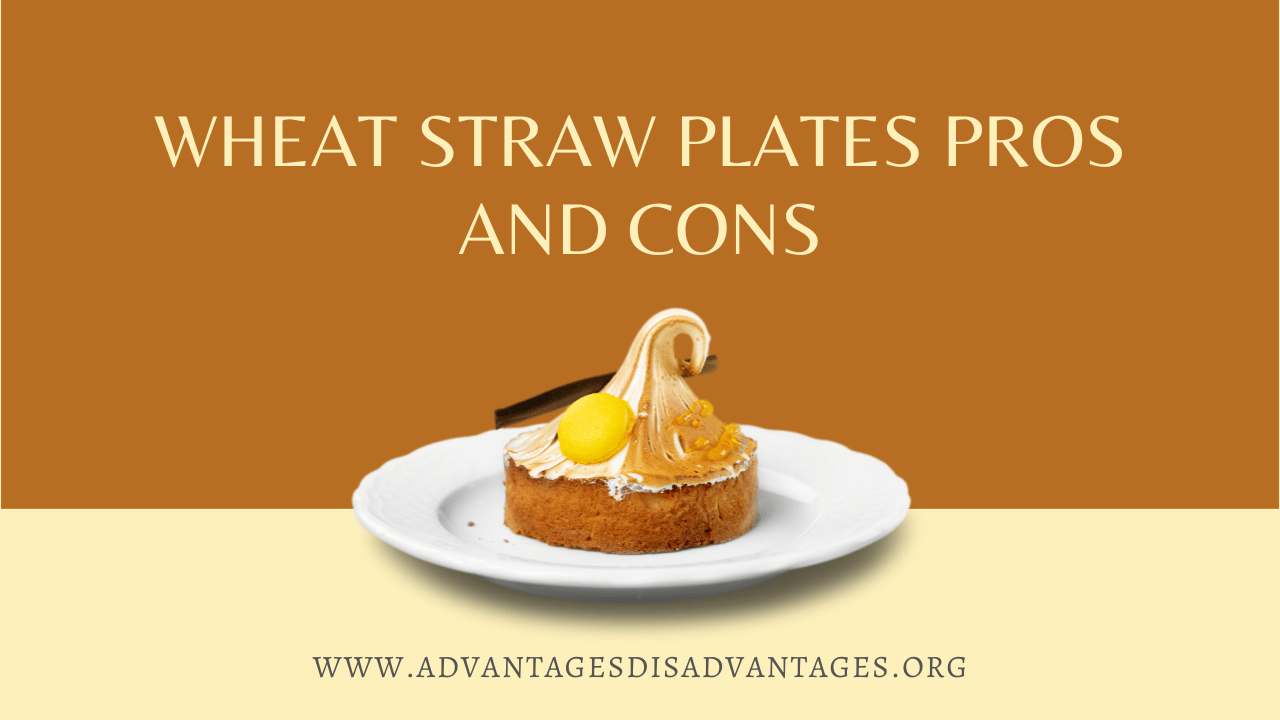
As a conscious consumer, you’re always looking for better alternatives that not only meet your needs but are also gentle to our planet. You’ve probably come across Wheat Straw Plates Pros and Cons, a sustainable tableware option, and wondered about their feasibility. Let’s delve into the details and analyze the advantages and disadvantages of these eco-friendly dinnerware options.
Table of Contents
What are Wheat Straw Plates?
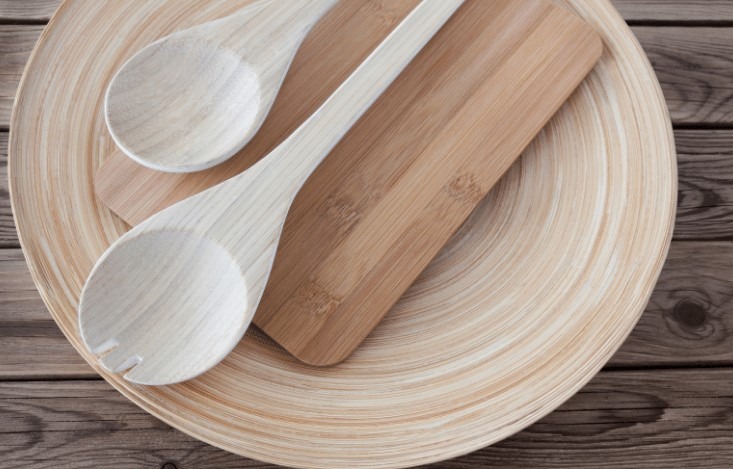
Before we evaluate, it’s crucial to understand what wheat straw plates are. Essentially, these are biodegradable plates made from the stalks left behind after wheat grains are harvested. These stalks, which would otherwise be discarded, are transformed into a pulp used in the creation of a variety of tableware products, including plates.
Advantages of Using Wheat Straw Plates
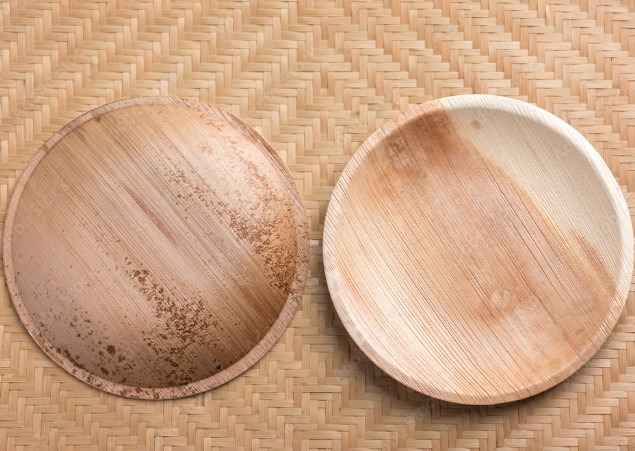
Sustainability
Wheat straw plates are a triumph in the arena of eco-conscious tableware options. Their production process takes advantage of a renewable resource – the wheat straw. As a result, they significantly reduce waste and demand for virgin resources.
Compostability
Not only are wheat straw plates made from renewable resources, but they’re also fully compostable. Unlike traditional disposable plates, they break down over time and return to nature, leaving no harmful residues.
Durability
Don’t be fooled by their eco-friendly tag; wheat straw plates pack a punch in the durability department. They can withstand hot foods, cold foods, and everything in between, making them an excellent choice for various dining situations.
Safety
Health and safety considerations are paramount when choosing dinnerware. You’ll be pleased to know that wheat straw plates are free from harmful substances, such as BPA and dyes, commonly found in other disposable alternatives.
Versatility
With various sizes and shapes available, wheat straw plates can accommodate a range of culinary delights, from hot mains to cold desserts. They are suitable for both indoor and outdoor dining, and safe for use by children and toddlers.
Disadvantages of Wheat Straw Plates
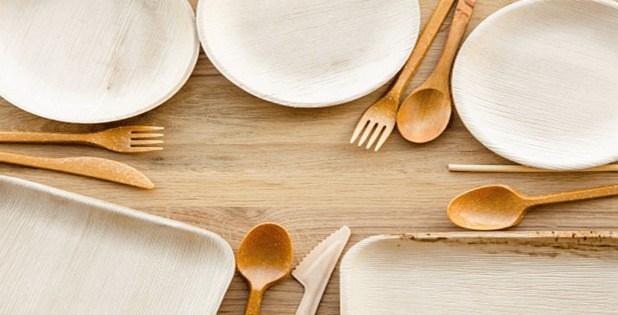
While wheat straw plates boast numerous benefits, it’s only fair to disclose their cons as well. After all, making an informed decision involves looking at both sides of the coin.
Cost
Compared to traditional disposable plates, wheat straw options can be slightly pricier. However, when considering the environmental impact and long-term savings, many find the cost worth it.
Availability
While growing in popularity, wheat straw plates may not be as readily available as their plastic or paper counterparts. However, with the rise of eco-conscious retailers, their accessibility is improving.
Lifespan
Being compostable means that wheat straw plates will start breaking down over time. They’re not designed for long-term repeated use, unlike ceramic or glass dinnerware.
Care and Maintenance
Wheat straw plates require specific care. While they can handle a run in the dishwasher, the lifespan of the plates may be compromised. Similarly, they are microwave-safe, but only for reheating food, not cooking.
Wheat Straw Plates vs. Other Materials
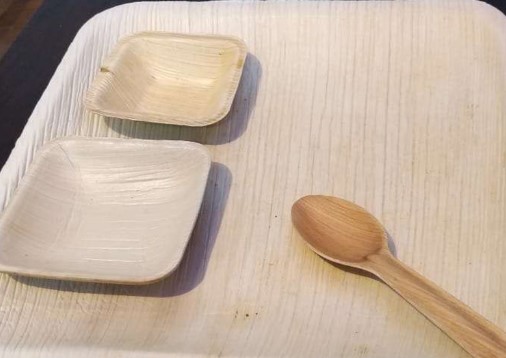
It’s essential to compare wheat straw plates with other tableware options, both traditional and sustainable, to understand their standing.
Wheat Straw Plates vs. Plastic Plates
When compared with plastic plates, wheat straw options are clearly superior in terms of environmental impact. Plastic plates are made from petroleum, a non-renewable resource, and take hundreds of years to decompose. In contrast, wheat straw plates are made from a renewable resource and are fully compostable.
Wheat Straw Plates vs. Paper Plates
Paper plates may seem eco-friendly, but many are coated with a thin layer of plastic for durability and liquid resistance, making them non-compostable. Wheat straw plates, on the other hand, are durable and compostable without the need for such coatings.
Wheat Straw Plates vs. Bamboo Plates
Bamboo is another popular material for eco-friendly dinnerware. Like wheat straw, bamboo is a renewable resource. However, bamboo often requires more processing to transform into a usable product. On the other hand, wheat straw is a byproduct of farming and requires less processing, making wheat straw plates a more energy-efficient choice.
Health Concerns Associated with Using Wheat Straw Plates
As for health concerns, wheat straw plates are safe to use. They are free from harmful chemicals and dyes, which are common in plastic plates. Furthermore, they are microwave-safe for reheating food, adding to their convenience factor. It’s always recommended to check if the plates are certified by relevant food safety authorities for peace of mind.
Proper Disposal of Wheat Straw Plates
Disposing of wheat straw plates is straightforward. Since they’re compostable, they can be placed in your compost bin, where they will naturally break down over time. If composting isn’t an option, many municipalities accept compostable dinnerware in their green waste bins.
The Manufacturing Process of Wheat Straw Plates
Wheat straw plates are manufactured by grinding wheat straw into a pulp. The pulp is then shaped into plates using a mold and heat. This process is energy-efficient and produces less pollution compared to traditional plate manufacturing methods.
The Shelf Life of Wheat Straw Plates
The shelf life of wheat straw plates is quite impressive. They can last for years when stored in a dry and cool place. However, as mentioned earlier, their lifespan after use depends on care and usage.
Cleaning Methods for Wheat Straw Plates
Cleaning wheat straw plates is as easy as rinsing them under warm soapy water. While they can be placed in the dishwasher, doing so frequently may reduce their lifespan. It’s best to hand wash them when possible.
Frequently Asked Questions About Wheat Straw Plates Pros and Cons
Are wheat straw plates microwave-safe?
Yes, wheat straw plates are microwave-safe for reheating food. However, they’re not designed for cooking food in the microwave.
How long do wheat straw plates last?
The lifespan of a wheat straw plate varies depending on usage and care. While they are not meant for long-term repeated use, with proper care, they can be used multiple times.
Can wheat straw plates be recycled?
Wheat straw plates are compostable, meaning they break down naturally over time. They are not meant to be recycled in the traditional sense but can be placed in a compost bin.
Are wheat straw plates dishwasher-safe?
Yes, they can withstand a run in the dishwasher. However, frequent dishwashing may reduce their lifespan.
Also Read: A Comprehensive Guide to Bahia Grass Pros and Cons
Conclusion: The Final Verdict
There you have it – Wheat Straw Plates Pros and Cons. They’re a renewable, compostable, durable, safe, and versatile dinnerware option. While they may require a little more care and investment initially, their benefits for the environment are undeniable. Plus, their durability and safety make them a strong contender against traditional disposables.
Wheat straw plates signify a stride toward a sustainable future, one where our choices echo our commitment to the environment. As with any product, they’re not without their cons, but it’s clear that the advantages far outweigh any drawbacks. It’s time we made the switch, for our planet and our future.
Remember, every eco-friendly choice we make takes us one step closer to a greener and healthier Earth. Let’s make the switch today, and encourage others to follow suit. Choose wheat straw plates, choose sustainability!

-

 Health5 years ago
Health5 years agoAdvantages and Disadvantages of Milk
-

 Tech4 years ago
Tech4 years ago6 Tips to Improving E-Commerce Websites
-

 Home5 years ago
Home5 years agoAdvantages and Disadvantages of Village Life in Points
-

 Travel5 years ago
Travel5 years agoAdvantages and Disadvantage of Travelling
-

 Sports3 years ago
Sports3 years agoThe benefits of playing an online live casino
-

 Tech5 years ago
Tech5 years ago10+ Advantages and Disadvantages of Mobile Phones in Points
-

 Tech5 years ago
Tech5 years agoEssay on Advantages and Disadvantages of Offline Shopping
-

 Tech5 years ago
Tech5 years ago8+ Advantages and Disadvantages of Motorcycle |Having Bike